Feature: The Diversity Ratio
Something is off-balance on the stages of cabaret and concert but it can be corrected, with some focus.

I am going to tell you a true story about irony.
Back in the Nineteen-Nineties, I was new to New York, here to create something called The Sweater Book, a collection of photos of celebrities (and more) all wearing the same sweater; it was to be a fundraiser for two different AIDS foundations. I was nobody. I knew nobody. I wrote to everyone in the public eye that I could think of, inviting them to participate, and waited, as the yeses and the nos rolled in. As the years working on the project added up, as more and more celebrities said yes, the list of participants became columns of names on a piece of paper accompanying the invitation. One day I received a very handsome piece of stationery in my mailbox, an elegant beige embossed envelope from Gloria Steinem. The letter inside acknowledged my noble intentions but also detailed Ms. Steinem's decision to decline my invitation, as there were not enough people of color on my participant list. Cheeks flushed with anger and heart filled with indignation, I immediately scribed off a reply to Ms. Steinem, reprimanding her for the implication that I, a Spanish-Filipino and Native American, was racist. Boldly, I insisted that I had asked plenty of people of color to be in my book and it wasn't my fault that so few had accepted my invitation. Angrily, I licked the stamp, smashed it into the upper left corner of my drug-store-acquired generic letter envelope and stomped off to the Radio City Post Office to mail my letter to the hateful and judgemental Gloria Steinem, after which I spent days seething about it, and sharing the story with my friends.
A few days later, a new beige embossed envelope appeared in my mailbox. Gloria Steinem had had the decency and good manners to write back and, in her letter, she assured me that hers was not a position of judgment, that my motives were never called into question, that her task was, and always is, to point out the imbalance of diversity when she sees it. It was a most gracious and respectful letter, one that I did not deserve. I was young and utterly lacking in knowledge of the world, not to mention tact and finesse. I had misunderstood an important message from a woman who knew the world better than I ever will, gotten my nose out of joint, and sent her an epistolary temper tantrum for which I should have been ashamed, and, today, am.
Now comes the irony.
Yesterday, I sent an email to a cabaret and concert producer, explaining why I, as a mixed-race person of diversity, could not sit in an audience and watch, for review, a concert in which the cast of twenty-five featured only one performer of color. It is the third email of this nature that I have typed in the last two weeks, and each time I do it, Gloria Steinem is sitting beside me - spiritually, obviously - guiding me in my gentle but firm mission, one that is free of judgment and designed, merely, to point out an imbalance in the diversity ratios, in the hopes that they might change.

The industry of cabaret and concert is self-starting, much of the time. An actor who wishes to ply their craft, yet finds themself without opportunity or employment, decides to control their own destiny, and please understand that when I say 'actor' I mean any person who stands before an audience to tell a story, whether with words, music, dance, puppetry, magic, mime, or any other form of performing art. The actor having decided to take charge of their artistry, creates an act, or attends an open-mic, or takes a class. They have become members of the community of artists that present storytelling in the small venues of the city, any city, whatever city happens to be the one that will accept their storytelling. Even with their prêt-à-porter act ready to go, the actor's destiny remains in the hands of others: they need booking managers to give them a place to perform, they need press people to help get the word out about their act, they need audiences to fill the seats, and they need group shows in which to appear to help build their brand and spread the word so that people will begin to know their name, and so that audiences will, indeed, fill those seats. Unfortunately, there is an imbalance in the assistance being offered to the artists of diversity, and these gifted storytellers are left feeling ignored, invisible, and wondering if this is just one more time when they are going to have to fight to get a foot in the door, or, in this case, onto the stage. The most glaring example of the imbalance in the diversity ratio is in the group shows of New York City.

Almost every club in Manhattan presents group shows. Of course, the clubs aren't producing them, the clubs are providing space for acts to come in and sit down, either for a night, for a run, or for a residency. These group shows can take any shape - maybe a recurring Tony Bennett tribute series, or possibly a series dedicated to the history of movie musicals, or perhaps an award program or special event in one of the city's concert halls. The format of the show is fluid, ever-changing, and can lean into any theme or style. What is not so very different from show to show is that, much of the time, the casts of these programs are mostly white, sometimes exclusively so, and it begs the question: is this blatant bigotry or oblivious oversight? And, if so, which is worse? Is it worse to know that one has prejudices to which one is committed, or is it worse to be so vague and absent as to ignore entire races of people without really knowing that that is what one is doing? The community of artists of diversity has been providing live entertainment to audiences for years, decades, centuries - their presence and their contribution to live entertainment are undeniable. They are acknowledged, they are appreciated, but they are not, fully, represented, and in the year 2022, it is, quite simply, no longer acceptable. In fact, it was never acceptable, but the year in which we are currently living is 2022, and that is the year that it needs to change, for good.

There should be no exclusively white group show produced in cabaret and concert. There can be no production in cabaret and concert with a diversity ratio of less than forty percent. It is the responsibility of every producer, director, musical director, stage manager, publicist, club manager, booking agent, indeed, club owner, to ensure that diversity steps up onto the stage with each group show and each new cabaret season. Obviously, a Caucasian singer who has been singing with the same Caucasian pianist for the last few decades should not be expected to alter their artistic family, but when the time comes to curate a tribute to a famous actor or composer or celebrity of any sort, each person on the creative team should walk in the door of the first meeting asking the question, "How can we create a 2022 production that doesn't just elevate the diverse artists into the light, it offers them a place at the table?" If one Black artist and one Asian artist drop out of your show because of conflicts or COVID concerns, it should be no cause for concern because there are four other artists of diversity in the show. Otherwise, tokenism has come into the room, and that's not necessary in an entertainment community with a Black Christine Daae, a Black Glinda, and an Asian Evan Hansen. There are actors from the Latin community looking for shows in which to sing. There are Trans/non-binary artists seeking an artistic family. There are members of the MENASA community hoping to see representation in cabaret shows. And there are probably other communities of diversity who see absolutely no representation or opportunity at all, who might benefit from the knowledge that they are welcome in the world of cabaret and concerts. Only two days ago, this reporter saw a cabaret show performed by a Black woman with severe eyesight issues. A few weeks

ago a performer from the Deaf Community won an award for his club act. Every person seeks representation, an artistic home, a community, a place to belong - and although the acting community of the world is large and welcoming, there is something particularly special about cabaret and concert because what each person brings to the stage is that which is most authentically them. They don't need a platform to talk about their lifestyle or their demographic, although that would be welcome - what these artists need is a welcome invitation to be in the room, to represent, to share their stories, and to prosper.
The long-overdue time has come for representation to be moved to the front burner. The people who are in the position to offer a place at the table need to make it their mission to do so. The white artists being invited to appear in group shows need to ask the question, "What is your diversity ratio?" before answering in the affirmative, and although it may sting a little to say no to an opportunity to perform when confronted by an all-white cast, there will be reward in self-pride and self-satisfaction, at the end of the day.
There are gifted, beautiful, valuable artists of diversity who want to work, who want to represent, who want to belong. Let us all give them a place at the table and a place at the mic.
The time is now.
Please enjoy this small collection of photos of artists of diversity that the reporters of Broadway World Cabaret have been proud to write about, and wish to see in future shows. We heartily recommend checking them out online, finding their social media handles, and following them - maybe even offering them gigs. These photos were made by Ricky Pope, Bobby Patrick, and Stephen Mosher.
The main photo for this story is from Broadway Sessions, hosted by Ben Cameron, and features Skylar Gamble, Britt Mack, DeMone Seraphin, Imari Hardon, Anastasia Talley, Roderick Lawrence, Wonu Ogunfowora, Anthony Murphy, Zonya Love, Antoine Smith, Nyla Watson, Shaq Hester, and Ben Cameron.




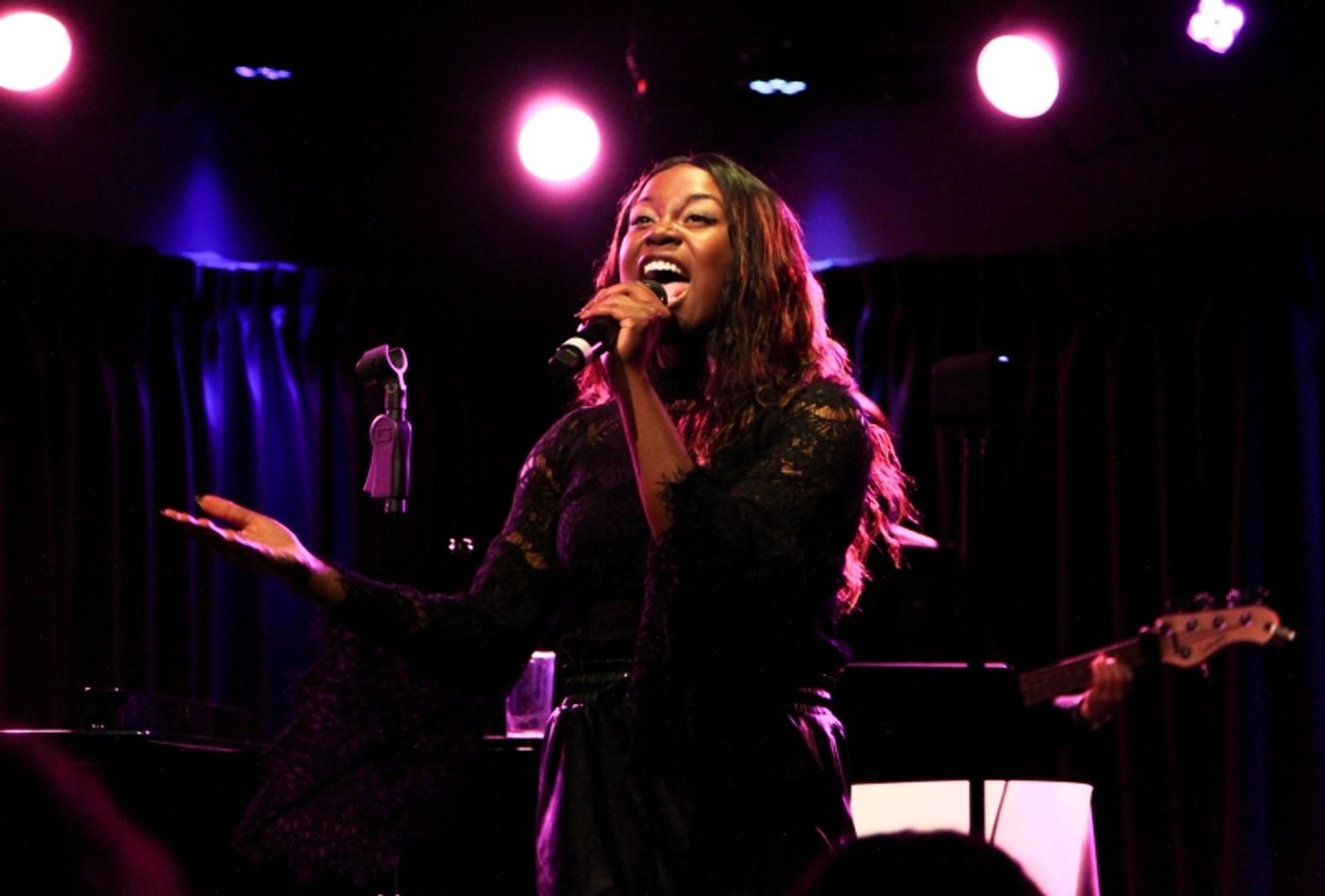




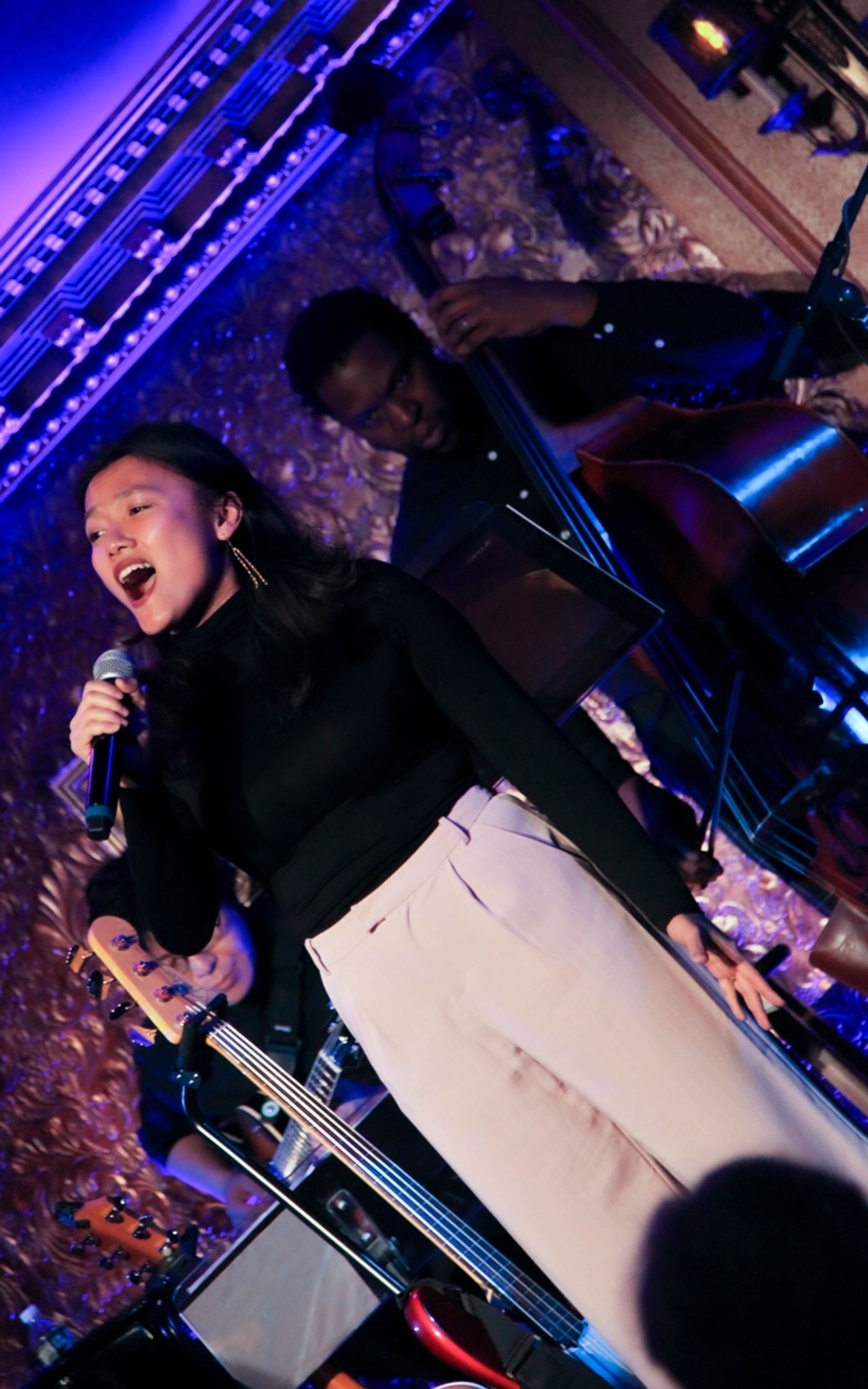
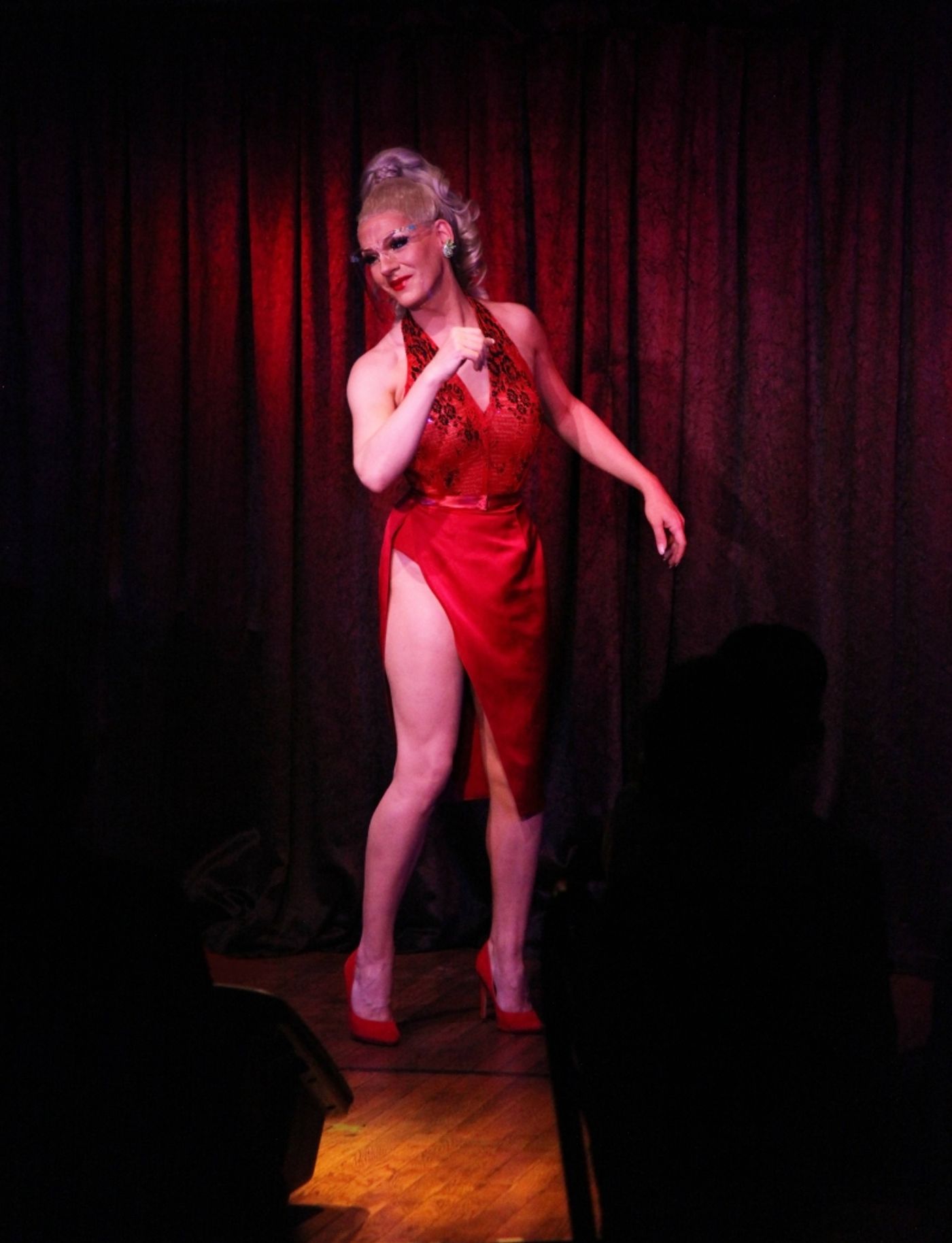














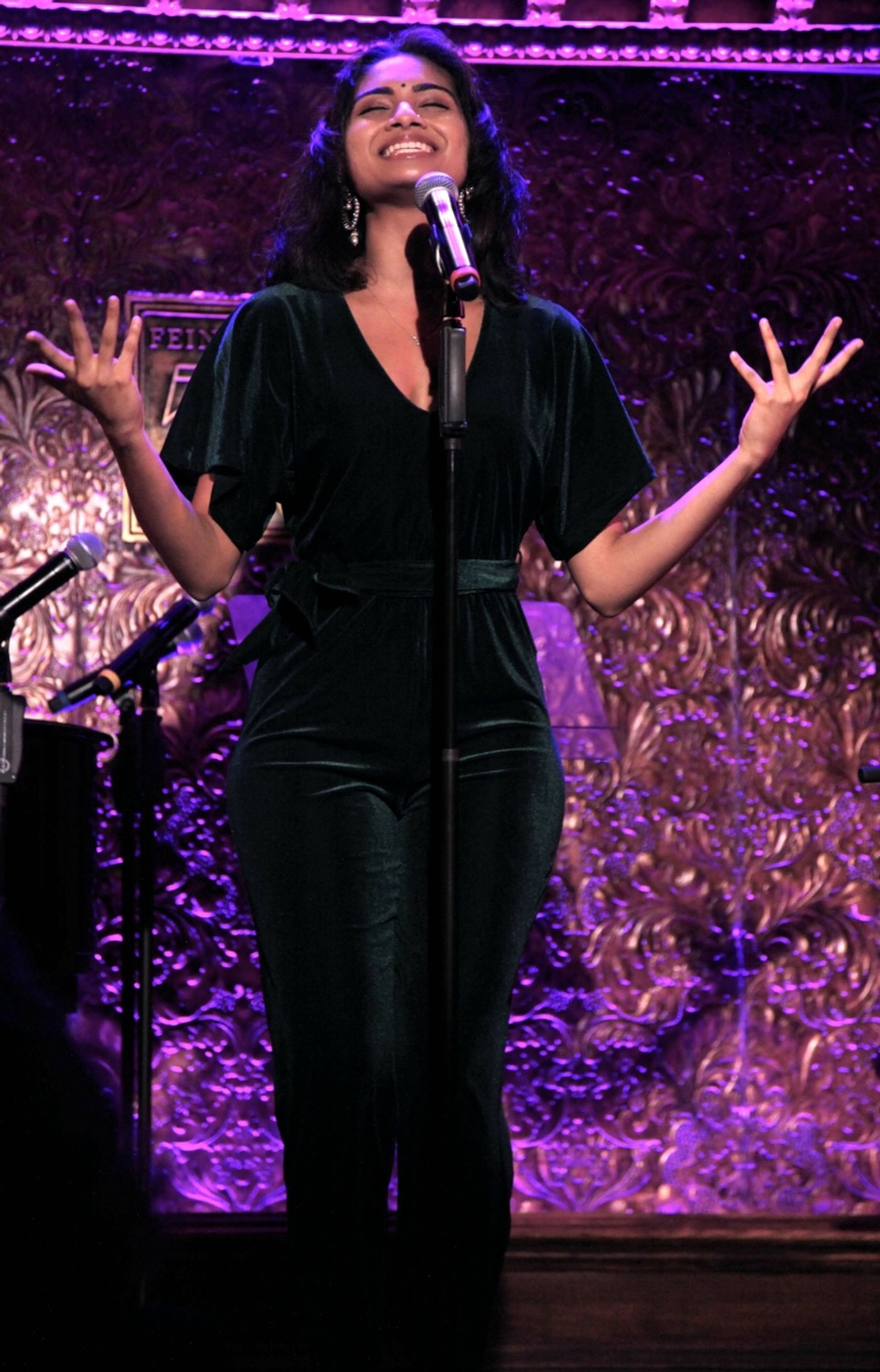


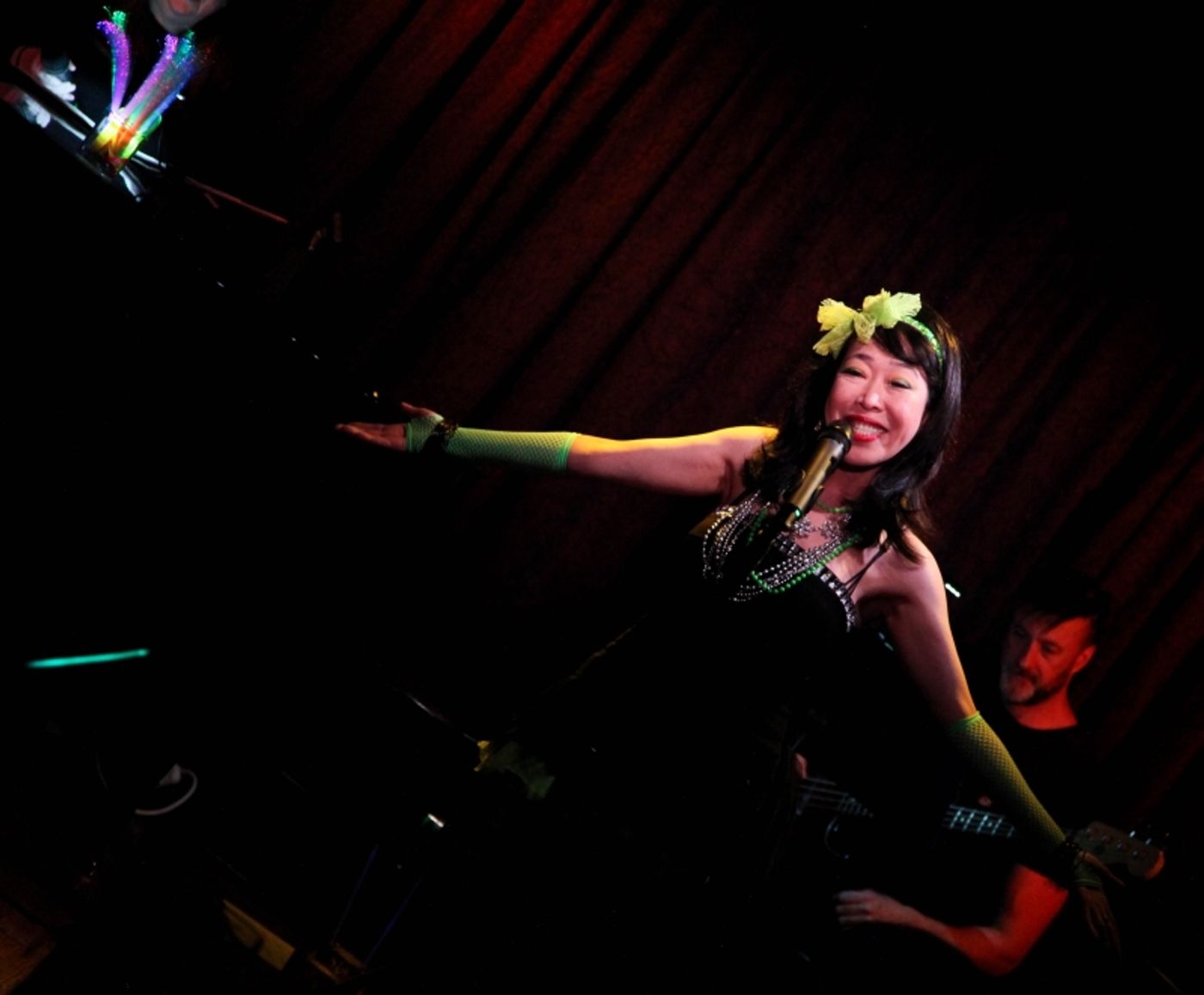
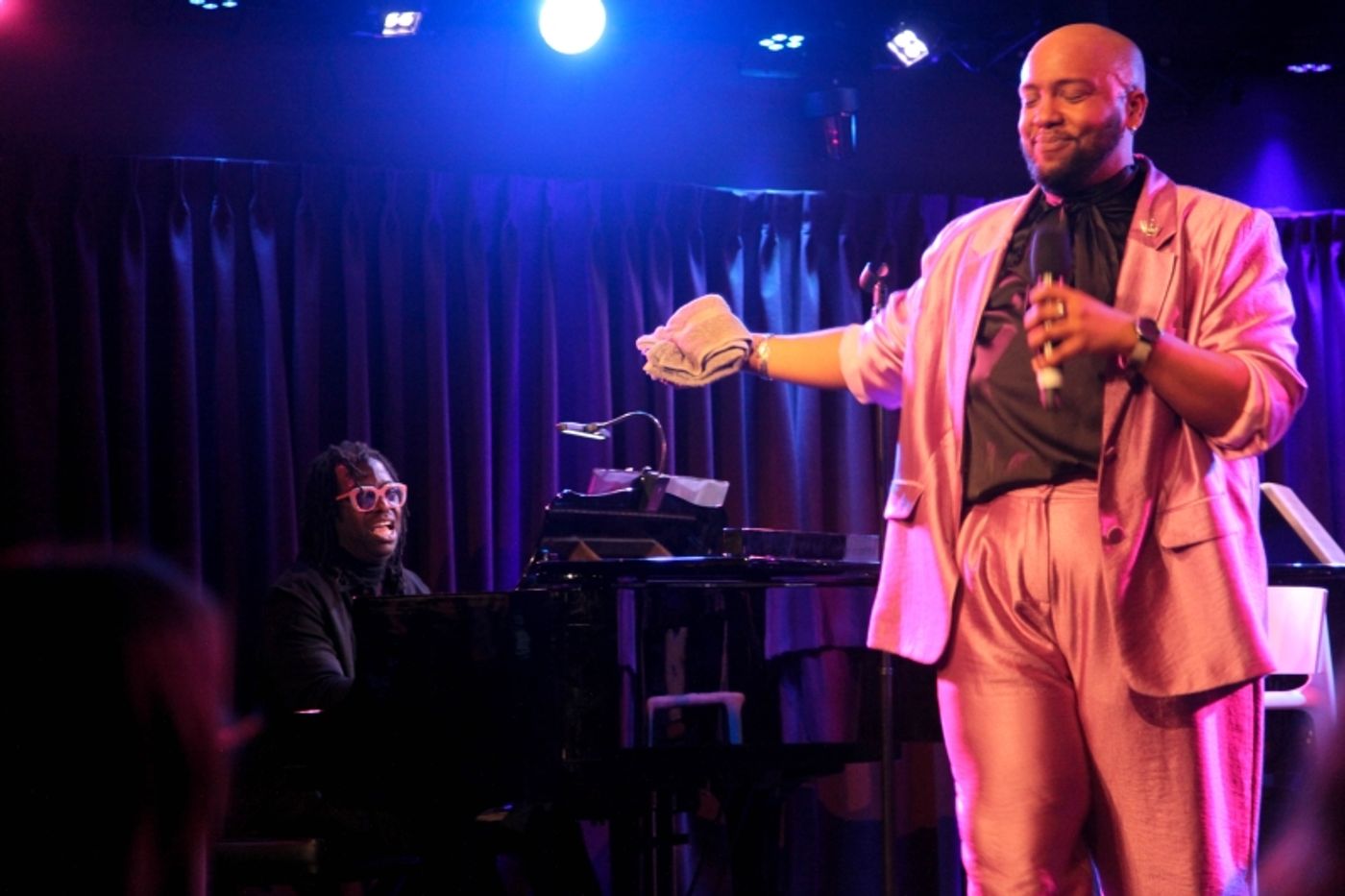


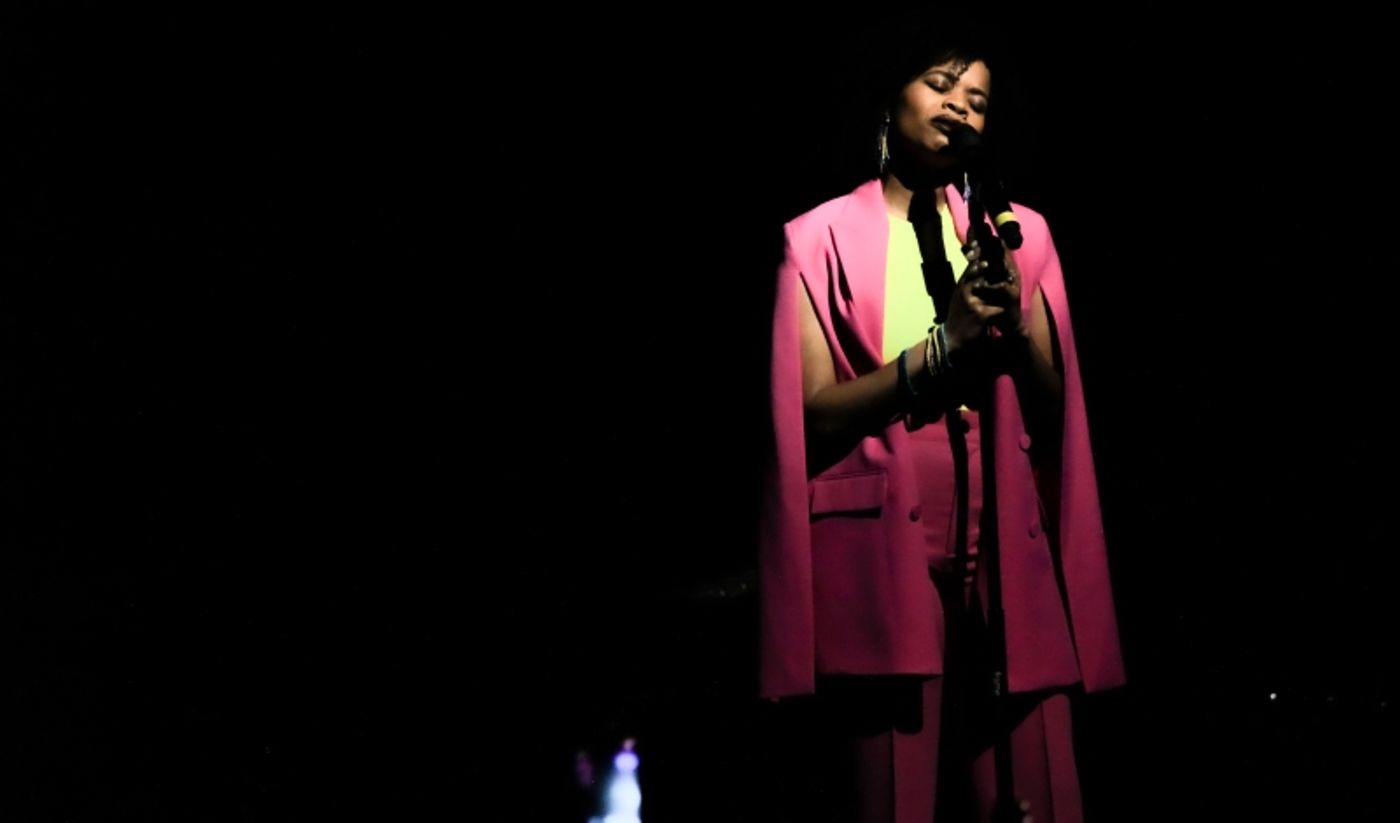


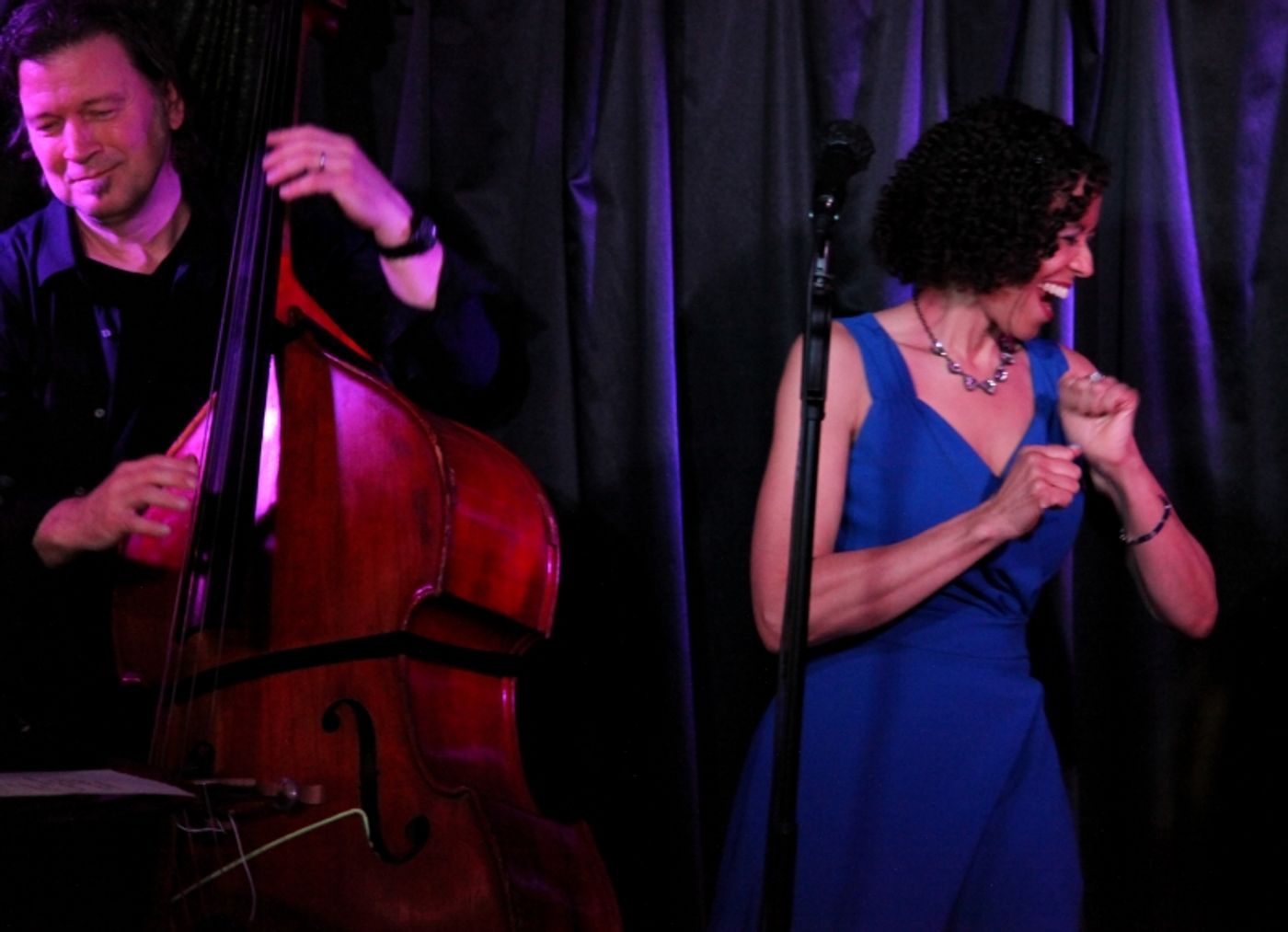

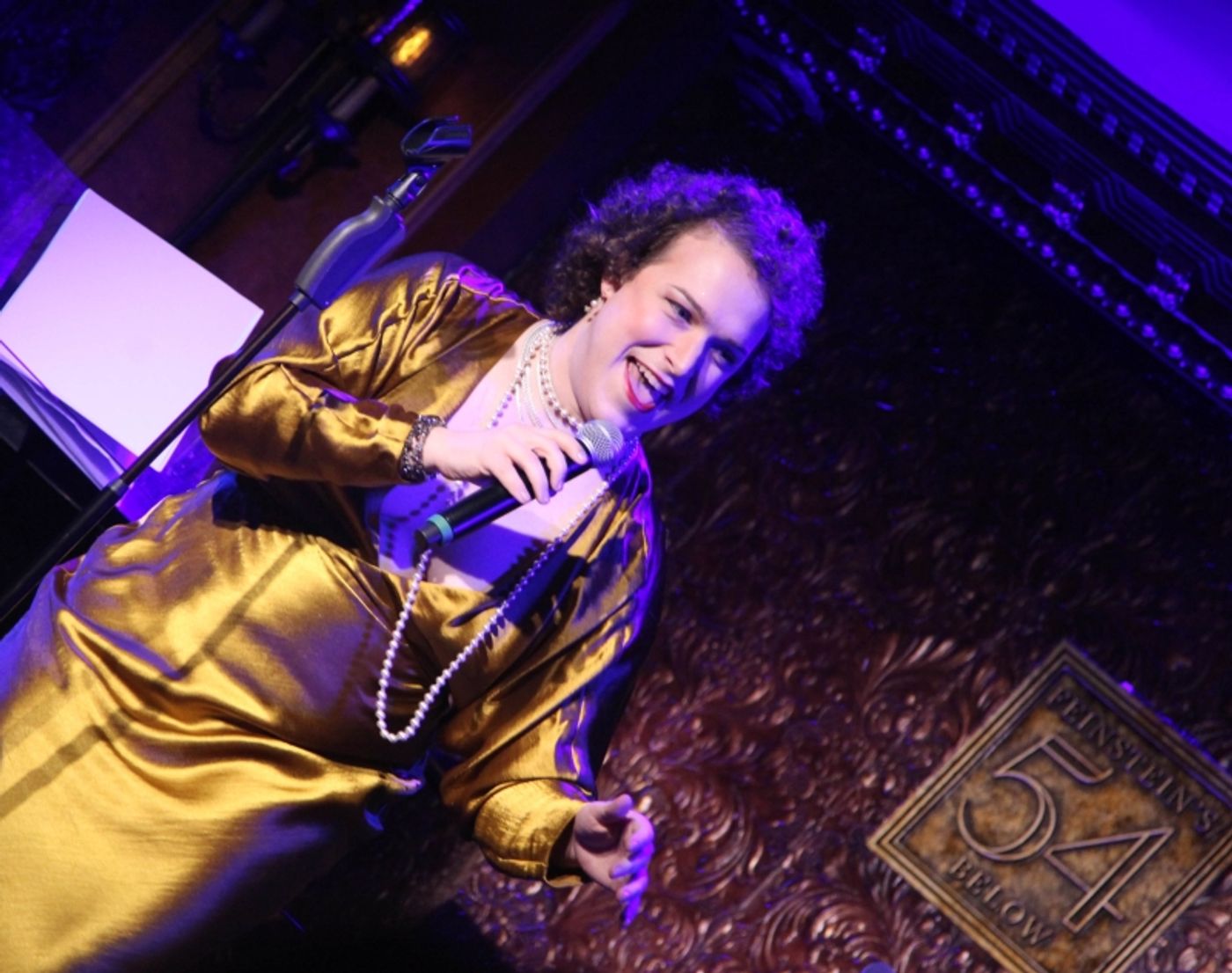







.jpg?format=auto&width=1400)







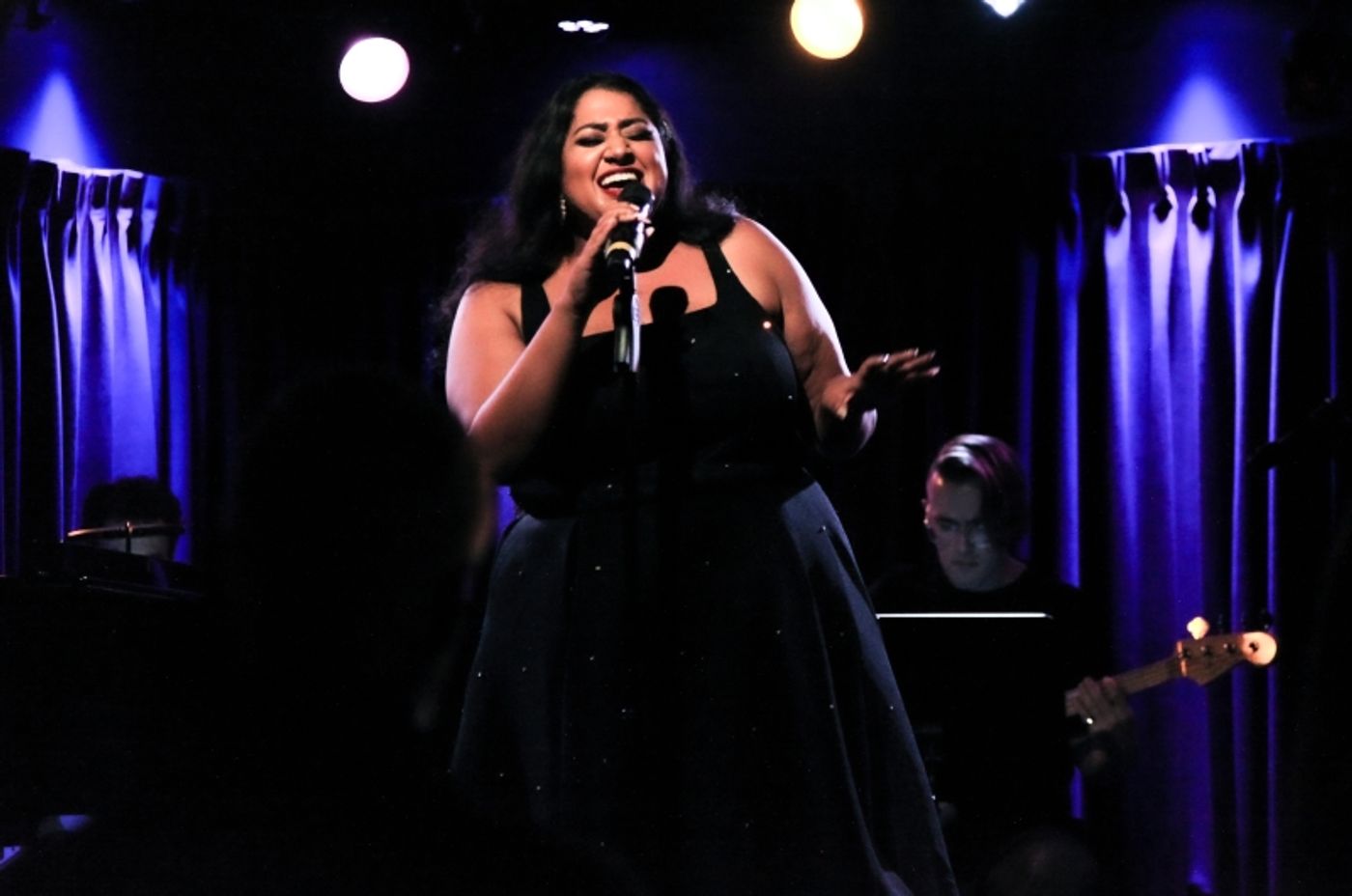
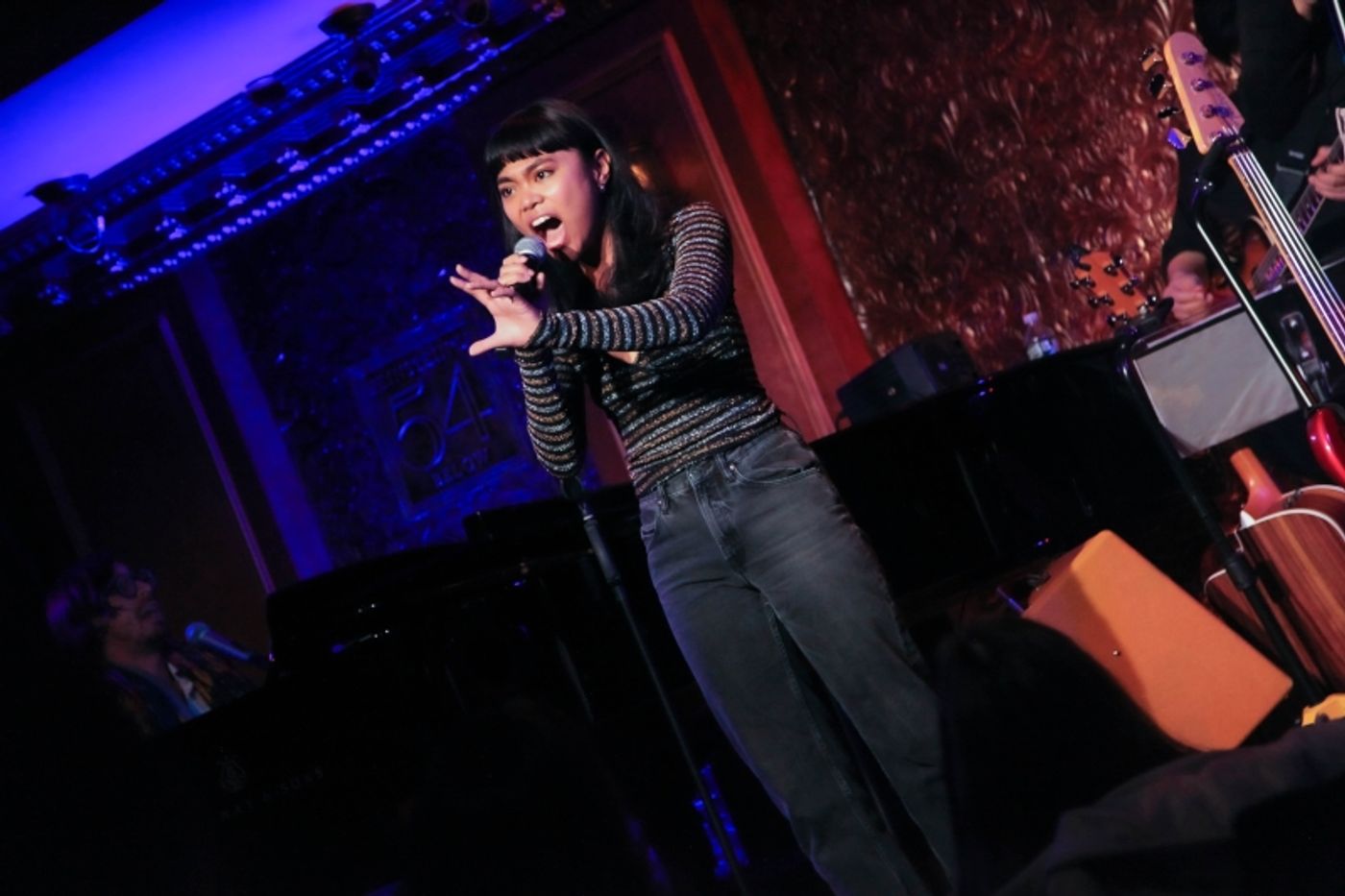











Videos


